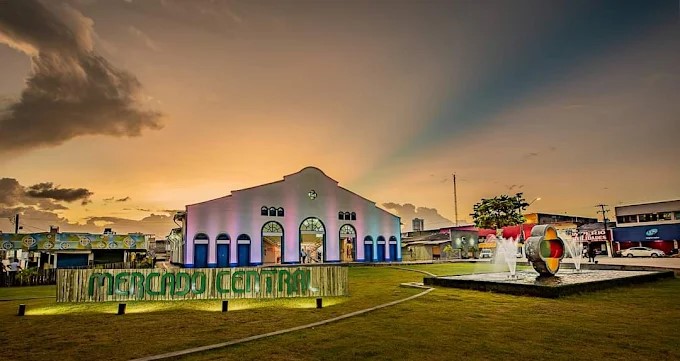
MERCADO CENTRAL DE MACAPÁ
Mercado Central de Macapá
O Mercado Central de Macapá é muito mais do que um espaço de compras: é um símbolo da identidade cultural e histórica da capital do

O Mercado Central de Macapá é muito mais do que um espaço de compras: é um símbolo da identidade cultural e histórica da capital do